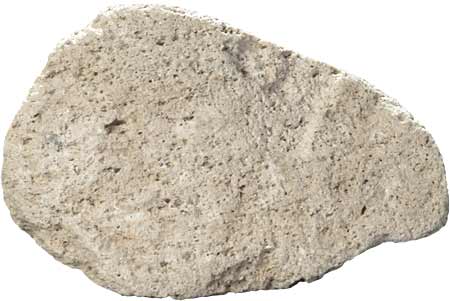Lavas erupt all over the earth but lava with the same composition as granite rhyolite only erupts on the continents.
Are granite and rhyolite made of the same minerals.
You can check out granite vs rhyolite information and granite vs rhyolite characteristics in the upcoming.
Rocks are quarried from many years for various purposes.
A sandstone b gabbro c granite d phyllite this rock sample is most likely a intergrown crystals b fossils c minerals d sediments 4 igneous sedimentary and metamorphic rocks are usually composed of.
These minerals and their variation in abundance and alteration give granite the numerous colors and textures we see in granite countertops.
Granite is an igneous rock made up of primarily quartz feldspar micas amphiboles and a mixture of additional trace minerals.
Strictly speaking granite is an.
So i m going to make a general comment and say that a granite is genetically the same has the same composition as a rhyolite please don t take this as always true but it is a close enough estimate in most cases.
There are no visible gas pockets in the rock.
That means that granite must form by the melting of continental rocks.
The rock received its name from german geologist ferdinand von richthofen better known as the red baron a world war i flying ace the word rhyolite comes from the greek word rhýax a stream of lava with the suffix ite given to rocks.
Granite ˈ ɡ r æ n ɪ t is a common type of felsic intrusive igneous rock that is granular and phaneritic in texture.
Rhyolite extrusive igneous rock that is the volcanic equivalent of granite most rhyolites are porphyritic indicating that crystallization began prior to extrusion.
That happens for two reasons.
Adding heat and adding volatiles water or carbon dioxide or both.
A plutonic igneous rock is one that crystallises.
Rhyolite is a silica rich igneous rock found throughout the world.
Rhyolite is a fine grained igneous rock which is rich in silica.
The minerals in the rock are gray feldspar green olivine green pyroxene and black amphibole.
Granite is a light colored igneous rock with grains large enough to be visible with the unaided eye.
So if we assume the above to be true then the only difference between the rocks is that one is plutonic and the other is volcanic.
Crystallization may sometimes have begun while the magma was deeply buried.
In such cases the rock may consist principally of well developed large single crystals phenocrysts at the time of extrusion.
Rhyolite is similar in composition and appearance to granite but it forms through a.
It forms from the slow crystallization of magma below earth s surface.
Granites can be predominantly white pink or gray in color depending on their mineralogy the word granite comes from the latin granum a grain in reference to the coarse grained structure of such a completely crystalline rock.










